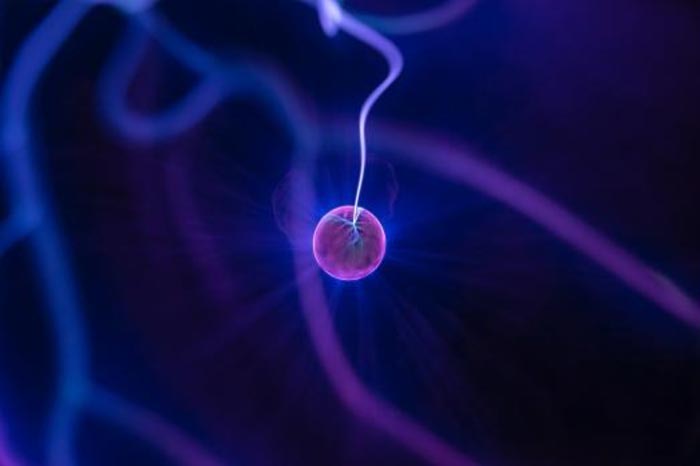Super-resolved imaging of a single cold atom on a nanosecond timescale

Image from unsplash.com
The team of academician GUO Guangcan of University of Science and Technology of China (USTC) of the Chinese Academy of Sciences has made important progress in the research of cold atom super-resolution imaging. The team achieved super-resolution imaging of a single ion in an ion trap system. The results were published in Physical Review Letters.
The cold atom system is an ideal experimental platform for studying quantum physics, as well as an important physical system for experimental research on quantum simulation, quantum computing, and quantum precision measurement. One of the core experimental techniques in the cold atom system is high-resolution single-particle imaging. In the past ten years, the microscopic imaging technology of the cold atom system has developed rapidly. However, the newly developed technologies are still limited by the fundamental optical diffraction limit, and the resolution can only reach the order of optical wavelength. It is difficult to study quantum phenomena related to the details of the wave function. To study such problems requires optical super-resolution imaging.
Optical super-resolution imaging has developed into a mature tool in the fields of chemistry and biology. However, due to the complexity of cold atom experiments, it is extremely challenging to apply super-resolution imaging technology to cold atom systems. Prior to this, the world has not yet made progress on the direct super-resolution imaging of single atoms (ions).
In this study, the researchers adopted the main idea of the Stimulated Emission Depletion (STED) microscopy in the classical super-resolution imaging field, and combining it with the atomic quantum state initialization and reading technology of the cold atom system. They realized super-resolved imaging of a single cold atom (ion) directly for the first time.
Experimental results showed that the spatial resolution of the imaging method can exceed the diffraction limit by more than one order, and the imaging resolution of 175 nm can be achieved by using an objective lens with a numerical aperture of only 0.1.
To further demonstrate the time resolution advantage of this method, the researchers achieved both a time resolution of 50 ns and a single ion positioning accuracy of 10 nm, and used this method to clearly capture the rapid harmonic oscillations of the ion in the trap. Theoretically, by increasing the numerical aperture of the imaging objective and the center extinction ratio of the depleted light (the doughnut spot), the spatial resolution can be further improved to below 10 nm.
This experimental technique can be extended to the multi-body and correlation measurement of cold atom systems, and has good compatibility with other cold atom systems. It can be applied to optical lattices, neutral atom optical tweezers, and cold atom-ion hybrid systems.
Journal: Physical Review Letters
DOI: 10.1103/PhysRevLett.127.263603
Article Title: Super-resolved Imaging of a Single Cold Atom on a Nanosecond Timescale
Article Publication Date: 23-Dec-2021
Media Contact
Jane fan
University of Science and Technology of China
qfan@ustc.edu.cn
Original Publicaton:
All latest news from the category: Physics and Astronomy
This area deals with the fundamental laws and building blocks of nature and how they interact, the properties and the behavior of matter, and research into space and time and their structures.
innovations-report provides in-depth reports and articles on subjects such as astrophysics, laser technologies, nuclear, quantum, particle and solid-state physics, nanotechnologies, planetary research and findings (Mars, Venus) and developments related to the Hubble Telescope.
Newest articles

Innovative 3D printed scaffolds offer new hope for bone healing
Researchers at the Institute for Bioengineering of Catalonia have developed novel 3D printed PLA-CaP scaffolds that promote blood vessel formation, ensuring better healing and regeneration of bone tissue. Bone is…

The surprising role of gut infection in Alzheimer’s disease
ASU- and Banner Alzheimer’s Institute-led study implicates link between a common virus and the disease, which travels from the gut to the brain and may be a target for antiviral…

Molecular gardening: New enzymes discovered for protein modification pruning
How deubiquitinases USP53 and USP54 cleave long polyubiquitin chains and how the former is linked to liver disease in children. Deubiquitinases (DUBs) are enzymes used by cells to trim protein…


